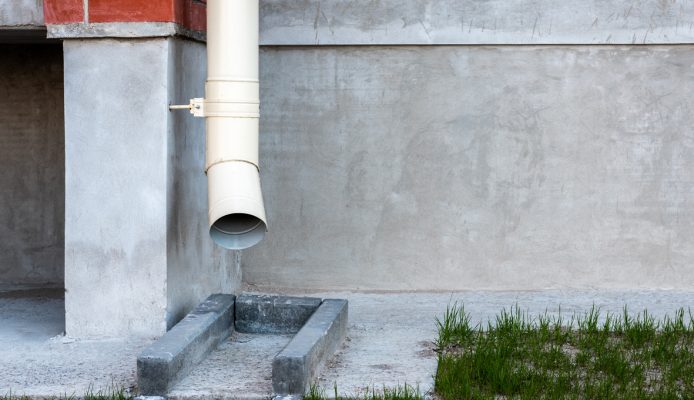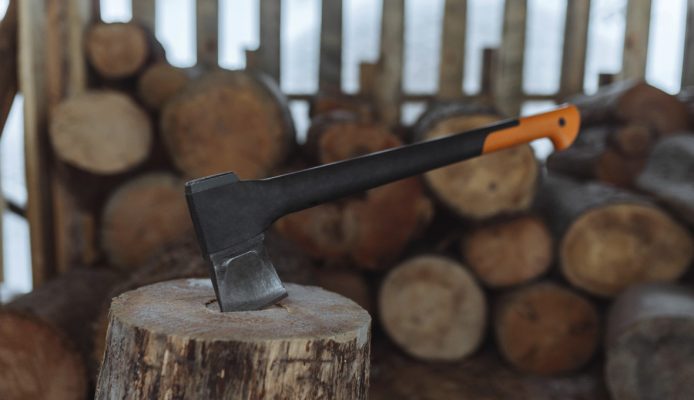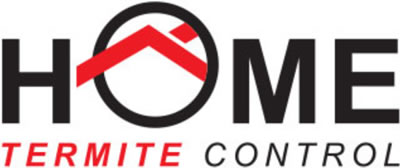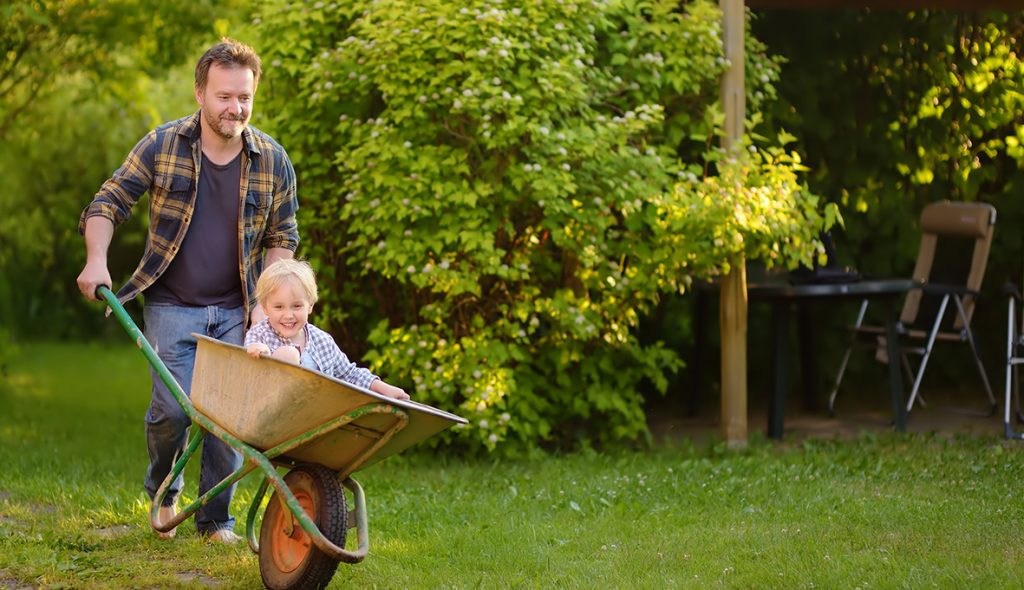Eastern Australia is Home to Underground Termites. Is Your Home Protected?
Also known as coptotermes, formosan termites are a headache for homeowners in eastern Australia. Here in Sydney, it is estimated that one in three homes have a history of subterranean termites attack. As these termites live underground, most people don’t know they have a problem until it is staring them in the face. It is at this point professional treatments are a must to save the property. They could be eating the garden shed from the inside out or have set up near a downspout. Australian homes provide perfect conditions for termites to thrive.
Why Are Formosan Subterranean Termites in Australia?
Formosan termites (Coptotermes formosanus) originated in Taiwan and quickly travelled across Asia, South Africa, the Americas and to Australia in cargo and imported products(*1). Out of the thousands of termite species, the Formosan termite causes the most concern. This is because they can cause an incredible amount of damage to homes and bushland in little time.
Australian Pest Controllers Are Urging Homeowners to Prepare
The last thing a pest controller wants to tell a homeowner is that their home is beyond repair because of termite damage. In Australia, our homes are where we live and make memories. Unfortunately, many people do not understand how devastating the damage can be.
Many homeowners do not know:
- What preventative measures they can take to protect their home (detailed below).
- What signs to keep an eye out for that may indicate active termites.
- What to do (and what not to do) if they suspect there is a subterranean termite colony on the property.
Preparation, in the form of professional barrier systems and a little home maintenance, can save you tens of thousands of dollars.
The Australian Backyard and Termites
Come spring and summer, Australian backyards buzz with activity. Foliage grows, flowers bloom, children play and splash in pools, and the storm season arrives. While all of this is happening, and many homes are preparing for bushfires and storms, it is easy to forget about preparing for increased termite activity.
Do Not Wait Until Summer to Prepare Against Termites
Termites are active all year and do not stop eating. Once the warmer months arrive, the colonies expand, swarms move out and new food sources are found. Problem is that their food sources are often Aussie homes. New or old, termites do not mind what age the house is. If it isn’t protected, it is fair to gain to them.
What Conditions do Termites Require to Survive (and Thrive)?
Safeguard Your House
When the reproductives (king and queen) have mated, they will be looking to establish their own colony. As such, if their basic necessities of food, shelter, and moisture are not fulfilled, they will die. Of the several thousands of swarmers that leave the parent colony in the warmer months, very few of them succeed in creating a new colony(*2).
How to Prepare and Protect Your Home from Formosan/Coptotermes Termites
Start protecting your home today by making minor changes inside and outside – and contact a termite specialist to:
- Do a termite inspection.
- Install preventative systems such as physical and chemical barriers.
Safe and Effective Treatments and Barrier Systems
Talk to your pest controller about pet, human and insect safe termite products. Home Termite Control highly recommend Altriset by Dupont Now Syngenta (*3). Technicians can safely handle it without protective clothing. Best of all, it does not harm beneficial insects such as bees, grasshoppers, and earthworms. Dogs and cats can also safely continue their backyard adventures without the risk of poisoning.
1. Moisture

Subterranean termites rely on moisture to establish and sustain their colonies(*4). Moisture is also needed by fungi found in rotten wood – which is where termites get their protein. No wonder termites love damp areas so much!
Be sure to control unnecessary moisture in and around your household.
Keep your home well-ventilated to let the sunshine and air in and keep humidity levels as low as possible.
• Repair leaky showers, faucets, and outside taps.
• Repair and clear downspouts, pipes, and gutters.
• Clean pool filter so it is free of leaf matter.
• Re-direct water run-off away from the house.
2. Shelter
Formosan termites live underground. The ‘workers’ in the caste system can travel up to a hundred meters safely by building mud tubes to travel in. These are like busy underground train stations with thousands of workers moving food and water back and forth. The king and queen of the colony live in the heart of the nest and are well protected by the colony.
3. Food

Subterranean termites will devour anything made of cellulose.
Cellulose products include:
• Wooden steps and decking.
• Fences.
• Wooden shelves.
• Architraves.
• Structural timber in your home, shed, garage and workshop.
• Wooden ornaments in and around the house.
• Carpets, curtains, and books.
• Timber off-cuts.
• Firewood.
• Music instruments.
• Photos.
If you look around your house and out in your backyard, how many food sources can you see?
Keep all firewood and wooden parts of the house foundation at least 6-inches above the ground. Avoid using wood mulch near the foundation(*5). Do not stack firewood, lumber, newspaper, and other cellulose materials against the foundation or in the crawlspace.
Dead Trees and Tree Stumps
Termites also dwell in dead trees, tree bark and stumps. Dead roots in the soil can also act as a channel to allow a termite invasion. These deteriorated trees and bark provide excellent thoroughfares for termites to easily make their way into your house. Be sure to remove tree stumps, dead trees, and rotten fences to protect your home from a termite infestation.
Protecting your home and assets is not only important to you, but it is also important to the team at Home Termite Control. Contact our specialists for routine termite inspections and preventative treatments.
Phone: 0488 991 126 or (02) 9454 7774
Email: info@hometermitecontrolsydney.com.au
References *1. Su, NY & Scheffrahn, RH. Formosan Termite. The University of Florida. 2019. *2. Department of Agriculture, Water and the Environment. Formosan Subterranean Termite. Australian Government. 2019. *3. Home Termite Control. Environmentally And Eco-Friendly Pest And Termite Control. 2021. *4. The United States Environmental Protection Agency. Termites: How to Identify and Control Them. 2021. *5. Potter, MF. Protecting Your Home Against Termites. The University of Kentucky. nd.

